Zhihao Lei
Senior Member, IEEE
Multi-Site Infant Brain Segmentation Algorithms: The iSeg-2019 Challenge
Jul 11, 2020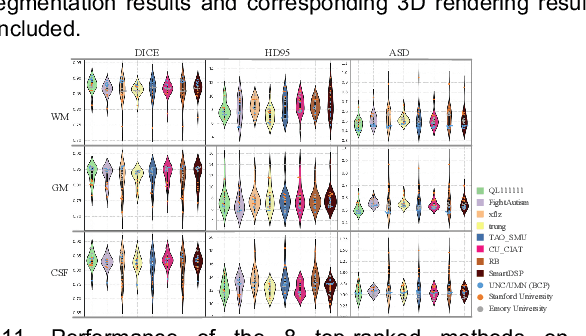
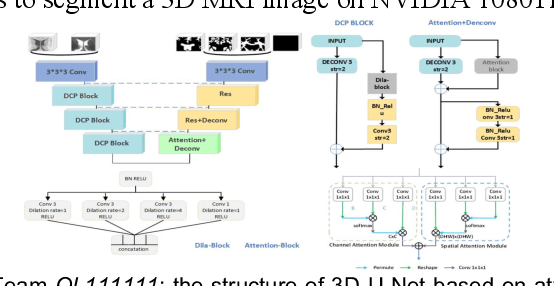
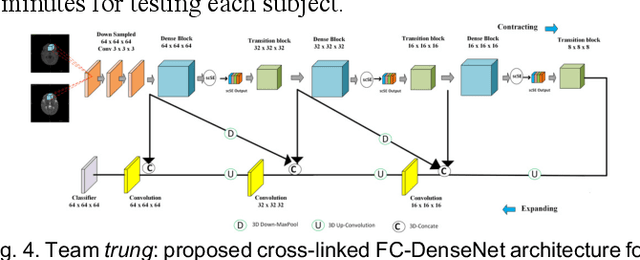
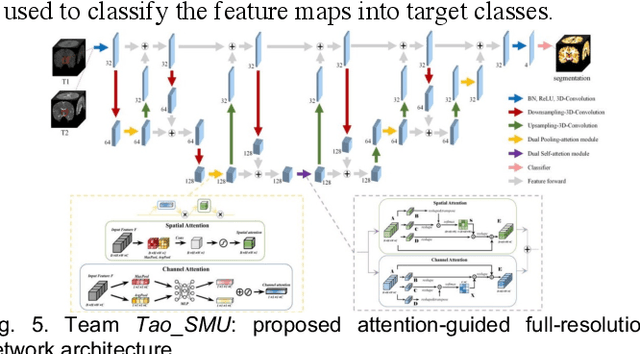
Abstract:To better understand early brain growth patterns in health and disorder, it is critical to accurately segment infant brain magnetic resonance (MR) images into white matter (WM), gray matter (GM), and cerebrospinal fluid (CSF). Deep learning-based methods have achieved state-of-the-art performance; however, one of major limitations is that the learning-based methods may suffer from the multi-site issue, that is, the models trained on a dataset from one site may not be applicable to the datasets acquired from other sites with different imaging protocols/scanners. To promote methodological development in the community, iSeg-2019 challenge (http://iseg2019.web.unc.edu) provides a set of 6-month infant subjects from multiple sites with different protocols/scanners for the participating methods. Training/validation subjects are from UNC (MAP) and testing subjects are from UNC/UMN (BCP), Stanford University, and Emory University. By the time of writing, there are 30 automatic segmentation methods participating in iSeg-2019. We review the 8 top-ranked teams by detailing their pipelines/implementations, presenting experimental results and evaluating performance in terms of the whole brain, regions of interest, and gyral landmark curves. We also discuss their limitations and possible future directions for the multi-site issue. We hope that the multi-site dataset in iSeg-2019 and this review article will attract more researchers on the multi-site issue.
Infant brain MRI segmentation with dilated convolution pyramid downsampling and self-attention
Dec 29, 2019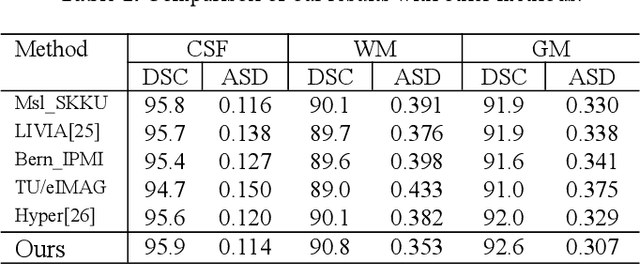
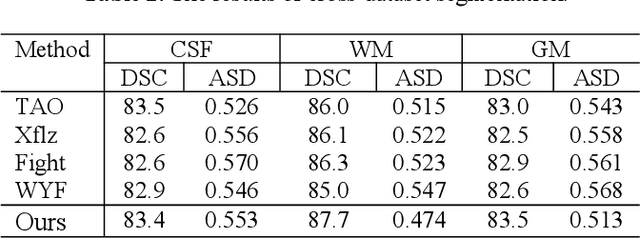

Abstract:In this paper, we propose a dual aggregation network to adaptively aggregate different information in infant brain MRI segmentation. More precisely, we added two modules based on 3D-UNet to better model information at different levels and locations. The dilated convolution pyramid downsampling module is mainly to solve the problem of loss of spatial information on the downsampling process, and it can effectively save details while reducing the resolution. The self-attention module can integrate the remote dependence on the feature maps in two dimensions of spatial and channel, effectively improving the representation ability and discriminating ability of the model. Our results are compared to the winners of iseg2017's first evaluation, the DICE ratio of WM and GM increased by 0.7%, and CSF is comparable.In the latest evaluation of the iseg-2019 cross-dataset challenge,we achieve the first place in the DICE of WM and GM, and the DICE of CSF is second.
 Add to Chrome
Add to Chrome Add to Firefox
Add to Firefox Add to Edge
Add to Edge